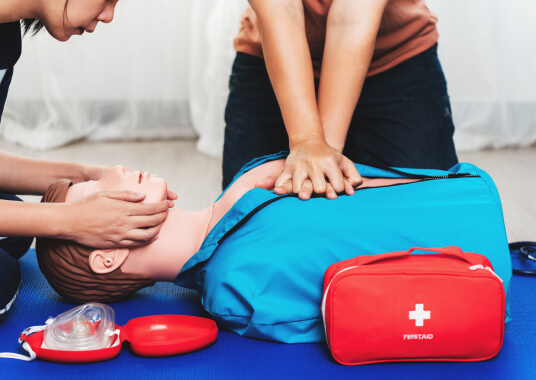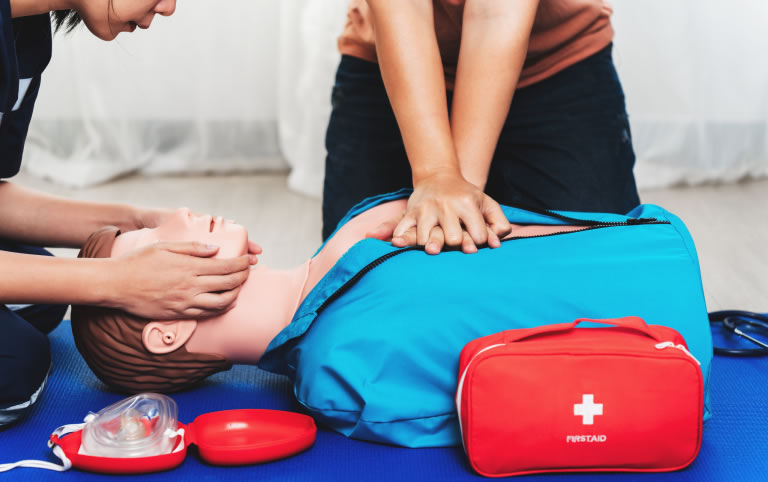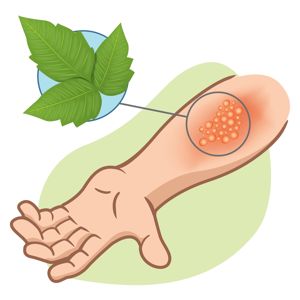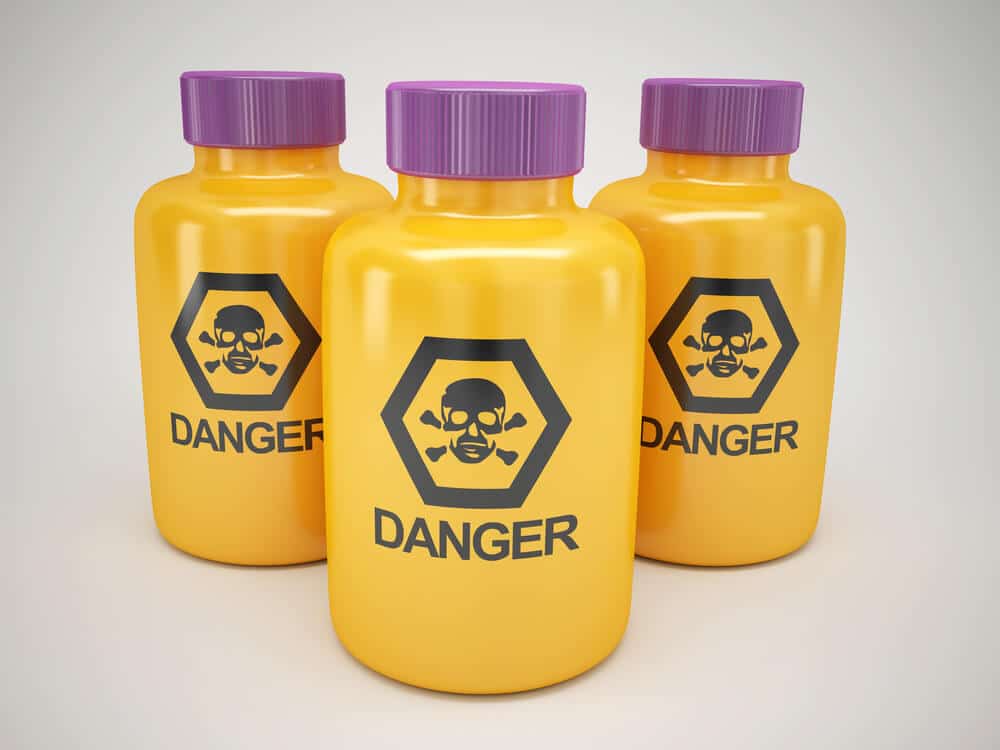CPR, First Aid, BLS, ACLS, PALS certifications.


First Aid is the primary medical care given to an ill or injured person until the paramedics arrive and take charge. The First Aid course we provide is easy to follow with video instructions. Join now for earning CE credit hours and a printable wallet card after passing the test.
$14.95 $24.90
| Chapters | CE Credits | Validity | Cost | Duration | ECC | Exam Attempts | Wallet Card |
|---|---|---|---|---|---|---|---|
| 13 | 2.0 | 2 Years | $14.95 | 1-2 Hrs | Compliant | Unlimited | Download/Print/Mail |
A poison is a substance that can cause injury, illness or death if it enters the body accidently or deliberately. Some poisons are harmful if you breathe or swallow them, while others are harmful upon direct contact.

These poisons enter the body by swallowing and can include: food, drugs, alcohol, household and cleaning products, pesticides, plants and more. Some substances may not be poisonous if taken in a small quantity.

A person can also be poisoned by breathing in poison, like certain fumes and gases. Examples include: carbon monoxide (car exhaust), carbon dioxide (from sewers, wells), chlorine (found in swimming pools), glues and paints.
These poisons are absorbed through the skin, and include: plants (poison ivy, poison oak and poison sumac), fertilizers, pesticides and more.
An injected poison enters the body through bites or stings of insects, spiders, ticks, snakes and / or through medical hypodermic needles.